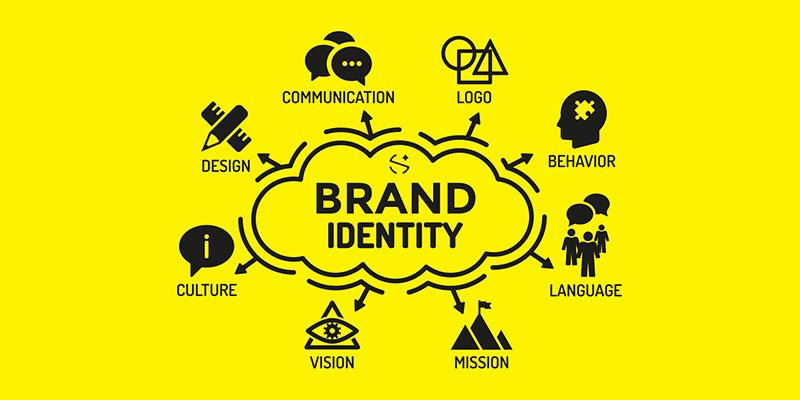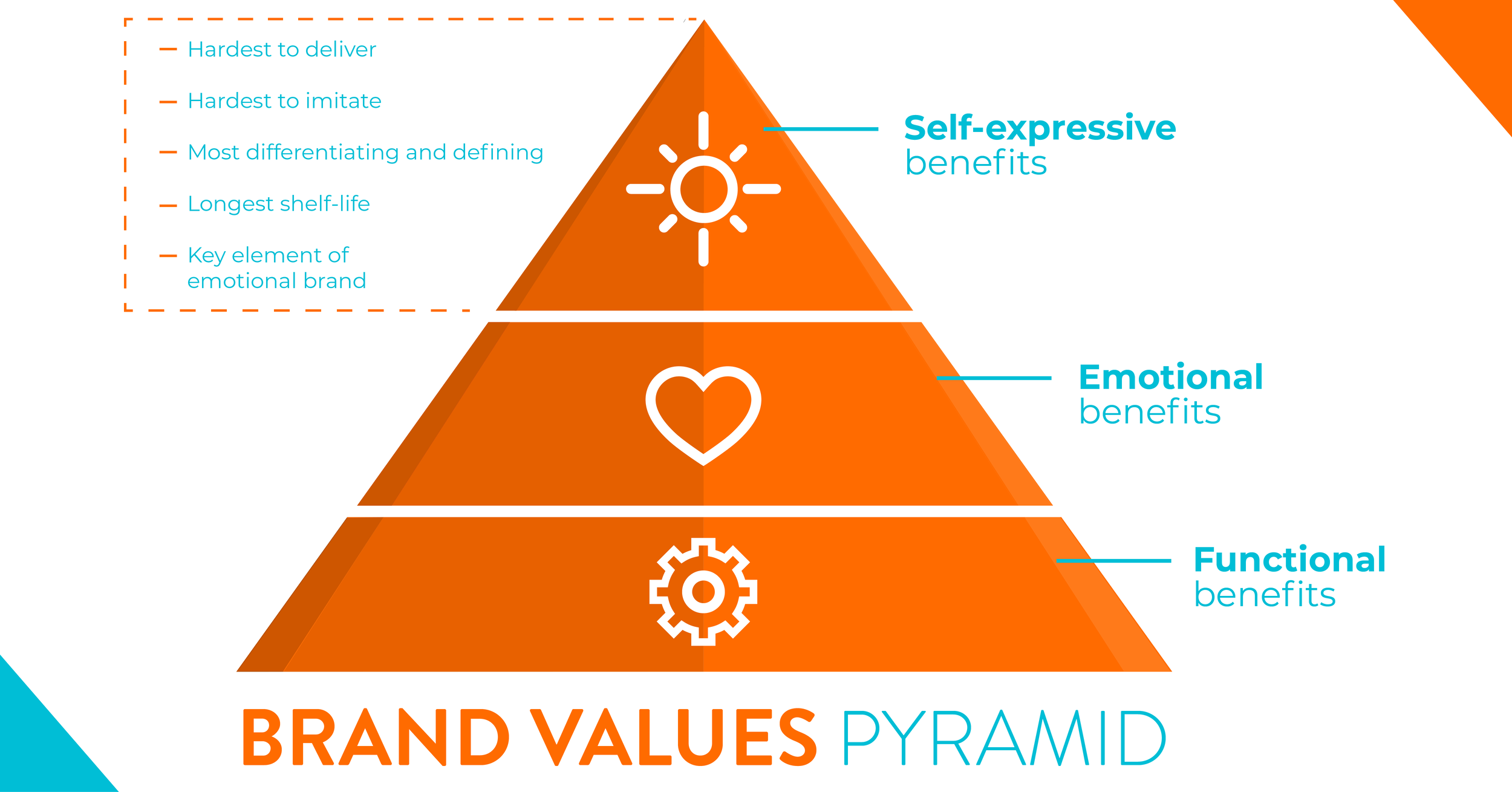March 26, 2025
 by Julia Schonrock / March 26, 2025
by Julia Schonrock / March 26, 2025

Ever browsed a product on your phone, then headed to a store and instantly recognized it from how it was displayed, packaged, or even described by staff? That’s not an accident. That’s brand consistency in action.
In a world where customer journeys bounce between online and offline channels, your brand must appear the same way everywhere. Consistency isn’t just a nice-to-have anymore. It builds trust, boosts recognition, and keeps people coming back.
Brand consistency is the practice of uniformly presenting a brand’s messaging, visuals, and tone across all platforms. It builds recognition, reinforces identity, and increases trust by ensuring customers experience the same brand values in every interaction.
Put simply, brand consistency is the art of telling the same story everywhere.
One way to achieve brand consistency is through brand asset management (BAM) software that helps businesses manage data and media that support a company's branding.
Think about it:
When all of those align, your audience gets a cohesive, memorable experience.
Brand consistency is the continuous delivery of your brand story. Branding isn't just your logo, brand message, or products. It's all of these things and a lot more.
Brand consistency helps build trust with your customer base and leaves a lasting impression. It streamlines marketing efforts and makes your brand easier to recognize. When your brand is consistent, you also have a better chance of connecting with your target audience, as it can be easier to understand your message.
Companies that maintained brand consistency across all channels have seen an average growth of 33%. Brand consistency creates a unified experience across different touchpoints throughout the customer journey for existing and potential customers. Customers buy from brands they feel connected to, brands that feel authentic.
The last thing you want to do is confuse your market. It takes about 90 seconds for a person to form an opinion about your brand. When they’re confused, the resulting viewpoint may not be positive. You can lose a hot lead or sale or fail to retain customers just because they couldn't connect with you.
The impact of inconsistent branding can go far beyond the direct, tangible impact. Think about the time and resources it takes to fix poor branding, gradually restore customer trust and loyalty, and reinstate the damage to your brand reputation.
Delivering consistent brand messaging is more of a challenge, given the number of channels customers now use. Marketing campaigns have significantly increased in speed and volume, with brands aiming to reach customers on their preferred channels, including digital and physical experiences.
To mitigate the problem of scattered communication, all aspects of your brand should be clearly defined, captured, and made available to everyone in your organization, including employees, customers, and stakeholders.
Here’s how you can create brand consistency in a few simple steps.
Brand guidelines demonstrate what a company is, what it does, and what it stands for. It contains clearly defined rules and standards for representing your brand worldwide. Your brand guidelines should cover all aspects of your product's visual design, as well as the brand's tone and message. In short, everything about your brand identity.

Source: Aartisto
Things to consider when creating your brand guidelines:
| Brand element | What to include |
| Brand story | Mission, vision, origin, and voice |
| Visual identity | Logo usage, colors, typography, iconography |
| Messaging | Core values, tone of voice, example headlines |
| Accessibility and inclusion | Inclusive language, accessible design tips |
Every department in your business should be able to easily access these guidelines. They will help with marketing copywriting, designing creatives, briefing outside agencies and freelancers, and communicating with clients.
Your brand guidelines should be used as a standard tool for new and existing employees to refer to when unsure what to do.
Design consistency is the repeated communication of your brand identity that’s easily recognizable to your audience. This includes consistently implementing brand design elements – logo, brand colors, and typography – as well as the tone and style of your messages.
Choose an online proofing platform to review and approve creative work and ensure design consistency. These platforms offer a range of features and help you stay on-brand with your design, including color and font verifiers, rulers, color plate previews for printed formats, and checklists.
Multiple teams are involved in the creative approval process, and each team member may view the best design differently. Before selecting a platform, make sure it has proper workflows in place.
Powerful workflows give you control and flexibility and reflect how your team reviews work. For example, work is deferred from the design, copywriting, and marketing teams before the legal department reviews it.
A brand is the sum of people's experiences with your company. The buyer journey can begin with a customer interacting with your business across multiple channels, considering your service, and ultimately completing a transaction. From a customer perspective, all these interactions should offer a consistent and seamless brand experience no matter what stage of the journey.
Friendly and helpful customer service leaves a positive impression on customers. In fact, nearly half of the customers say they remain loyal to a brand if they have a good first experience.
One of the best ways to deliver a consistent customer experience is customer relationship management (CRM) software. CRM software allows you to track and manage all customer relationships in one place.
You can create a detailed profile for each customer, add relevant customer data such as contact information, interaction and purchase history, and customer journey stage, and maintain a clear live record.
Access to key information at the touch of a button helps you personalize brand experiences. It can also greatly improve customer satisfaction by removing frustrations when communicating with your business.
A single customer can be present on ten different channels. You can also interact with them at different journey stages through multiple channels.

Source: SentiSum
Establishing brand consistency is key to ensuring a consistent presence across all these channels and their associated media. Any content you share should match your brand voice, whether it's a video, image, or text.
Consistently communicating your brand values influences how customers perceive your brand. When you capture and better understand customers’ emotions and preferences, you ensure an unforgettable brand experience. Brand consistency converts customer perceptions into trust and loyalty.
Brand values shape every aspect of your business. They are the benefits inherent in your brand and reflect what you stand for, forming the core of your brand's identity, message, and personality. They guide actions, behaviors, and decisions.

Source: Sol marketing
But how do you stay true to your values?
Brand authenticity and ethics business practices are paramount in today's world. Businesses and their customers need to share similar values to support each other. Inconsistent messaging and brand perception can reduce customer trust. Customers take their values seriously, and your credibility and loyalty will be lost if you don't deliver according to your brand story.
You can build trust and engagement with your customers and stakeholders by consistently representing your brand. Communicating with a set brand message and tone makes it easier for customers to interact with you – whether they’re booking a trip, reading your blog, or downloading a white paper.
A good brand image makes you easily recognizable and valued. Unique design, style, and messaging help you stand out and boost brand awareness. In fact, choosing the right colors for your brand can increase brand awareness by up to 80%. Tiffany Blue and Cadbury Purple are some great examples of instantly recognizable signature colors.

Source: Pinterest
Customers associate and emotionally connect with a consistent brand. Imagine customers humming your brand jingle when they see your logo or hear your name.
Customers should know what to expect from your brand, products, and services. Sharing consistent messaging at every touchpoint ensures customers have the same experience regardless of where they are in their journey. A reliable brand meets customer expectations, and customers stick with brands they can trust. There are numerous parts to appropriate business branding, so if you're stuck for ideas, look for experts in branding services.
Brand consistency evokes positive emotions in your target audience, aligning them with your vision and goals. Think of a customer who wants to live in a sustainable world and opts for brands focused on reducing waste. They feel more connected to brands that meet their needs and deliver on their promise.
Customers who align with your values are more likely to buy from you. For 64% of customers, value alignment is one of the top reasons they trust a brand. Customers with a consistently positive experience will likely return and become loyal in the long run.
The pinnacle of brand loyalty is when customers share and recommend their positive experiences and generate referrals. These referred customers already have a positive opinion of your business, which makes them easily approachable and more valuable.
These brands demonstrate how aligning visuals, tone, values, and experience reinforces identity and strengthens loyalty.
Brand consistency is a challenge, given the variety of channels and formats available today and constantly evolving. Brands interact with customers at numerous points in their journey.
When expectations are met, customers feel connected and begin to trust you. They’re then more likely to recommend you to their network because they know you won’t disappoint. With a plethora of tools available today, you can easily maintain brand consistency.
Incorporating your brand story into all aspects of your business creates a strong, recognizable brand. Learn more about brand storytelling.
Julia is a Marketing Specialist at PageProof. She has been immersed in developing insight-led marketing strategies for over two decades and deeply understands the challenges brands face in today’s world. When not planning, writing, or analyzing for PageProof, she can be found exploring the great outdoors – usually with a camera in hand.
When it comes to business, branding is everything.
 by Annisha Lashand
by Annisha Lashand
From your logo and color scheme to fonts, imagery, and layout, visual branding shapes a...
.png) by Devyani Mehta
by Devyani Mehta
Building a brand is a delicate process.
 by Hannah Tow
by Hannah Tow
When it comes to business, branding is everything.
 by Annisha Lashand
by Annisha Lashand
From your logo and color scheme to fonts, imagery, and layout, visual branding shapes a...
.png) by Devyani Mehta
by Devyani Mehta


